
Komyoji Temple
木更津駅前の富士見通り沿いにある日蓮宗の寺。薬医門をくぐると、境内には本堂、七面堂、客殿、鐘楼堂などが立つ。実話をもとに書かれた歌舞伎の名狂言『与話情浮名横櫛』[よわなさけうきなのよこぐし]で有名な切られ与三郎のものと伝えられる墓があり、歌舞伎役者も参拝に訪れる。
Info
Business Hours
Price
Spot Category
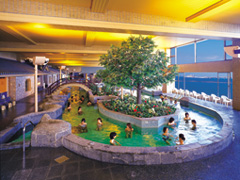
龍宮城スパ・ホテル三日月の展望大浴場・龍宮の湯
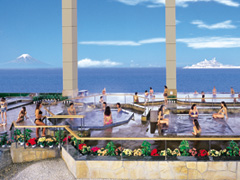
龍宮城スパ・ホテル三日月の展望大浴場・富士の湯
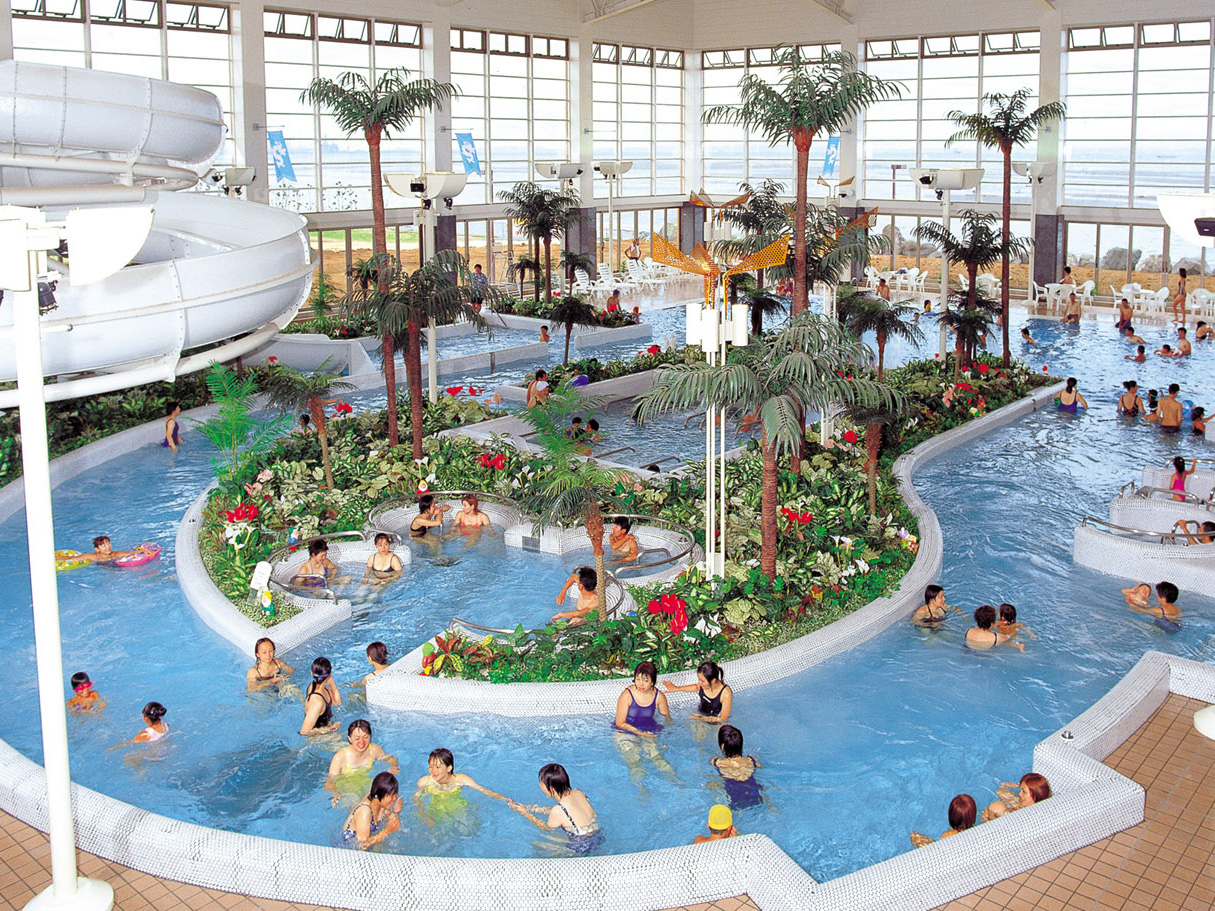
アクアパーク(屋内プール)
The information provided reflects the details available at the time of the survey.
Please note that facility details may change due to the facility’s circumstances, so please check for the latest information before visiting.
This content has been translated using machine translation.
Information provided by: JTB Publishing
The content uses an automatic translation service, which is not always accurate.
The translated content may be different from the original meaning, so please understand and use it.

木更津駅前の富士見通り沿いにある日蓮宗の寺。薬医門をくぐると、境内には本堂、七面堂、客殿、鐘楼堂などが立つ。実話をもとに書かれた歌舞伎の名狂言『与話情浮名横櫛』[よわなさけうきなのよこぐし]で有名な切られ与三郎のものと伝えられる墓があり、歌舞伎役者も参拝に訪れる。
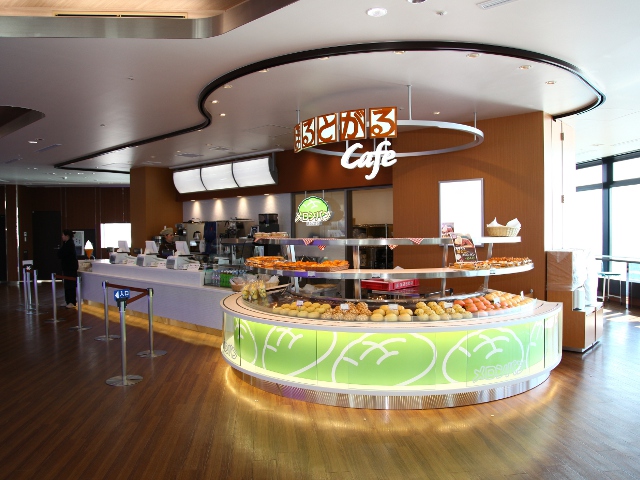
焼きたてパンが食べられる、海ほたる自慢のベーカリー。一番人気のメロンパン270円は外側はさっくり、メロン色をした中は驚くほどふかふか。新名物、海ほたる富士山メロンパン290円は、海ほたるから見える富士山をモチーフにしており、千葉県産のさつまいも「紅あづま」を練り込んだ生地の中にミルククリームを包んでいる。夕張メロンの果肉クリームを使った、北海道メロン230円もほどよい甘さが人気。海鮮アサリピザ240円は売り切れてしまうこともあるので、早めに行こう。
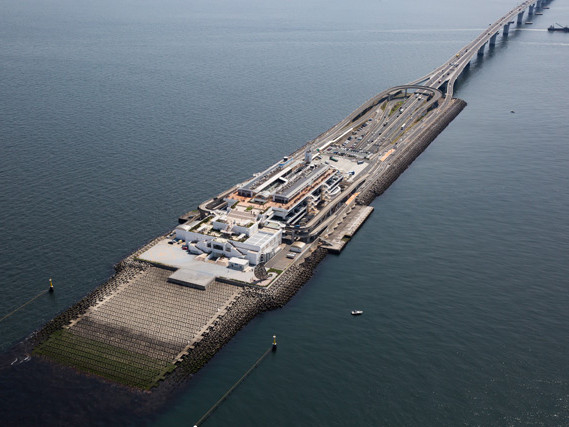
東京湾を横断し、千葉県木更津市と神奈川県川崎市を結ぶ東京湾アクアライン。その途中の人工島にある、上下線供用施設の海に浮かぶパーキングエリア。日本夜景遺産にも指定される観光スポットだ。エリア内には飲食店をはじめ、売店、テイクアウトショップ、展望デッキ、ゲームセンターなど、ユニークな施設がいっぱい。4階フロアはガラス張りの大回廊で、休憩所として利用でき、ゆっくりとした時間を過ごせる。

On the occasion of the Ojō Kōki, who was appointed as the lord of Osugasō, Shimousa Province, he was invited by Shinano Suwa Taisha Shrine as the god of the lord of the territory. He has since been revered as the god of industrial development, the god of wisdom, and in recent years as the god of advanced learning. The present main shrine is of the 1853 (Kaei 6) construction, and the annual festival "Sawara no Taisai (Autumn Festival)", which takes place in October every year, is designated as a national important intangible folk cultural property.

The temple of the Tendai sect, known as Narikiri (Namikiri), is a temple of the Tendai sect that collects the thick faith of the fishing people for great fishing prayers and sea protection. The main priest, Fudō Myōō, was reportedly picked up from the sea by the wives of the fishermen of the land during the middle Kamakura period and laid them here to rest. The thatched-roofed Fudō, which houses Fudō Myo, is designated as a national important cultural property, and is presumed to have been erected during the Muromachi period.

Western-style Mie-bashi, a masonry method, on the lower Nagao River at Takiguchi, Shirahama. Because there are three arches, it is not really glasses, but it has come to be called a glasses bridge from the appearance of moving to the river. The bridge was built in Meiji 21 (1888) with a donation of 399 yen and 40 yen from the villagers. He said he had walked across the river before the construction. It is a sturdy bridge that, in wartime, tanks passed through it without being broken by the Great Kanto Earthquake. Repair work was carried out in 1977 and 1993, and the figure remains at the time of construction. Prefectural Designated Tangible Cultural Property. Japan's Meihashi Hyakusyo.
This website uses cookies so that we can provide you with the best user experience possible. Cookie information is stored in your browser and performs functions such as recognising you when you return to our website and helping our team to understand which sections of the website you find most interesting and useful.
Strictly Necessary Cookie should be enabled at all times so that we can save your preferences for cookie settings.
If you disable this cookie, we will not be able to save your preferences. This means that every time you visit this website you will need to enable or disable cookies again.
